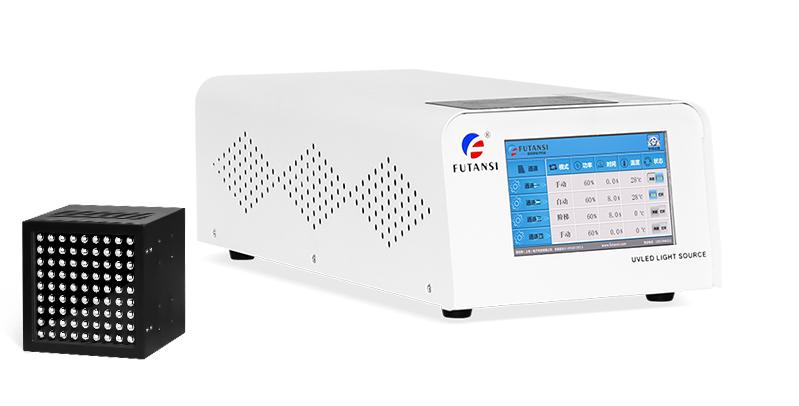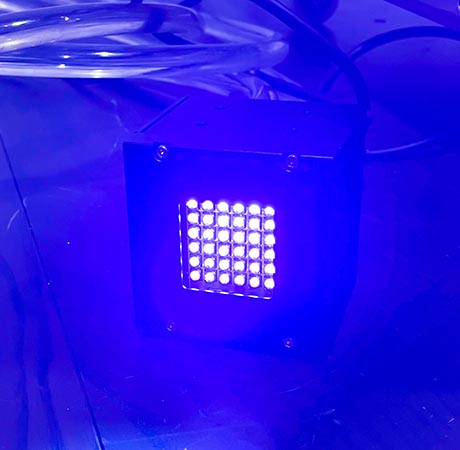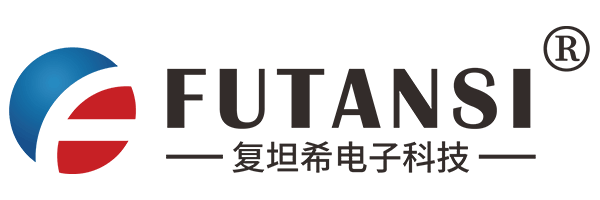Futansi Electronics Technology, a professional manufacturer of UV LED light curing equipment, established in 2010, has more than ten years of research experience in the industry, and its products apply in optical communications, electronics manufacturing, medical devices, new energy, semiconductors, optics, research institutions, and other optoelectronic applications. The company has three core business units (Automation, Light Adjustment, and Light Curing) and is growing in the highly competitive environment of China.
Since its inception, UV LED curing technology has found extensive applications across fields like optical communications, electronics, optics, printing, and medical sectors. Owing to its environmentally friendly, energy-efficient, high-performing, and stable features, it has rapidly replaced traditional UV mercury lamps.

But what makes uv curing systems stand out? How does it differ from conventional methods?
To understand this, we first need to grasp the basic concept of UV LED curing system.
UV curing light source operates on the principle of ultraviolet light irradiation. Photoinitiators absorb photons of specific wavelengths, becoming excited and forming free radicals or cations. This leads to an energy transfer between molecules, placing the polymeric prepolymer and photoreceptor monomer into an excited state. Consequently, charge transfer complexes are formed. These complexes continue to cross-link and polymerize, resulting in a polymer that swiftly cures into a three-dimensional network structure. The critical part of the UV curing system is the absorption of radiation energy, which triggers the cross-linking and curing of monomers and oligomers with unsaturated double bonds.

Here are the significant advantages of UV LED light-curing equipment:
Advantage 1: Quick Start-up
UV LED curing lights don’t necessitate preheating and can instantly deliver 100% UV output power. Conversely, traditional UV mercury lamps require a preheat period of 20-30 minutes. The traditional approach not only leads to unnecessary energy consumption but also shortens the lamp’s lifespan.
Advantage 2: Extended Lifespan
While traditional UV mercury lamps last only between 500-3000 hours, the lifespan of LED UV systems can reach 20000-30000 hours. Furthermore, the lifespan of UV light curing devices is unaffected by the number of times it’s switched on or off. This extended lifespan reduces both bulb replacement time and cost for businesses.
Advantage 3: Environmental Friendliness
Traditional UV mercury lamps contain mercury, making their disposal and transportation problematic and potentially harmful to the environment if mishandled. LED UV curing systems utilize UVLED chips as a light source, which doesn’t contribute to environmental pollution.
Advantage 4: Enhanced Efficiency
Using the latest optical technology and manufacturing processes, UVLED light curing systems feature high-power LED chips and special optical design. They offer high-intensity, large-area curing output up to 8600mW/cm². These features provide a more optimized, high-intensity output and uniformity than traditional mercury lamps, significantly improving production efficiency by enabling quicker UV adhesive curing.
Advantage 5: Minimal Heat Emission
UV LED Light Curing Systems emit far less heat than mercury lamps, thereby extending the LED life and alleviating potential health risks posed to workers in high-temperature environments.
Furthermore, with traditional mercury lamp spot light source curing machines, an increase in irradiation channel results in a decrease in output energy per single irradiation channel. In contrast, UV LED light curing device irradiations are independent, maintaining maximum energy regardless of the number of channels.
Lastly, while mercury lamps require continuous illumination irrespective of effective irradiation, UV LED equipment only consumes power during irradiation. Standby power consumption is almost nil, making it a more energy-efficient option.
 A professional manufacturer of UVLED curing systems
A professional manufacturer of UVLED curing systems